The Mi 11 Ultra is the brand-new flagship model from Xiaomi and has big shoes to fill, given that its predecessor, the Mi 10 Ultra, was one of the best phones we tested for Camera in 2020.
Compared to the Mi 10 Ultra, the new model offers a few important changes in the camera department. At 1/1.12″, the Samsung ISOCELL sensor in the primary camera is quite a bit bigger than the 1/1.32″ variant used last year and comes close in size to the sensors found in enthusiast compact cameras, such as Sony’s RX series. The new sensor also offers Dual Pixel Pro autofocus that splits every pixel vertically and diagonally (vs. only vertically in standard dual-pixel systems) to measure contrast.
In addition, the new sensor can use different HDR methods, depending on the scene or use case. Smart ISO Pro uses a single capture, but each pixel has two readouts with different conversion gains that the camera instantly combines to create a high dynamic range image. The device uses this mode mainly for capturing the preview image, for scenes with a medium dynamic range, and for video.
The Mi 11 Ultra uses staggered HDR mode for scenes with higher contrast. In this mode the sensor captures several frames and then merges them for an optimized result while keeping ghosting artifacts to a minimum.
Other camera highlights include a time-of-flight (ToF) sensor that the AF system uses to focus on close subjects, for example in portrait shots. In night shots it works in combination with the dual-pixel system on the sensor. There’s also a multispectral color temperature sensor to help optimize white balance and color rendering.
In video mode the camera can record 8K footage at 24 fps and 4K at 60 fps. At the latter setting the frame rate is variable and in low light the Mi 11 Ultra automatically reduces the frame rate to 30 fps to better control noise. Its Superlight video mode is designed to record video in low-light conditions down to extreme low light levels under 1 lux. The user has to select it and it is not covered by our test protocol. The same is true for the always-on display on the back of the device, which can be used for rear camera selfie preview and capture, or for notifications; further, it also allows activating a super power saver mode that switches the main display off.
Read on to find out how these specs and features impact image quality and how the Xiaomi Mi 11 Ultra performed under version 4 of the DXOMARK Camera test protocol.
Key camera specifications:
- Primary: 50 MP 1/1.12″ Quad-Bayer sensor, 1.4μm, 24 mm-equivalent lens with f/1.95 aperture, Dual Pixel Pro AF and OIS
- Ultra-wide: 48 MP 1/2-inch sensor, 0.8μm, 128° lens with f/2.2 aperture
- Tele: 48 MP 1/2-inch sensor, 0.8μm, 120 mm-equivalent lens with f/4.1 aperture, OIS
- LED flash
- Video: 8K 4320p at 24 fps, 4K 2160p at 30/60 fps (2160p/60 fps tested)
- Multispectral color temperature sensor
- ToF sensor
- Qualcomm Snapdragon 888 chipset
About DXOMARK Camera tests: For scoring and analysis in our smartphone camera reviews, DXOMARK engineers capture and evaluate over 3000 test images and more than 2.5 hours of video both in controlled lab environments and in natural indoor and outdoor scenes, using the camera’s default settings. This article is designed to highlight the most important results of our testing. For more information about the DXOMARK Camera test protocol, click here. More details on how we score smartphone cameras are available here.
Test summary
Scoring
Sub-scores and attributes included in the calculations of the global score.
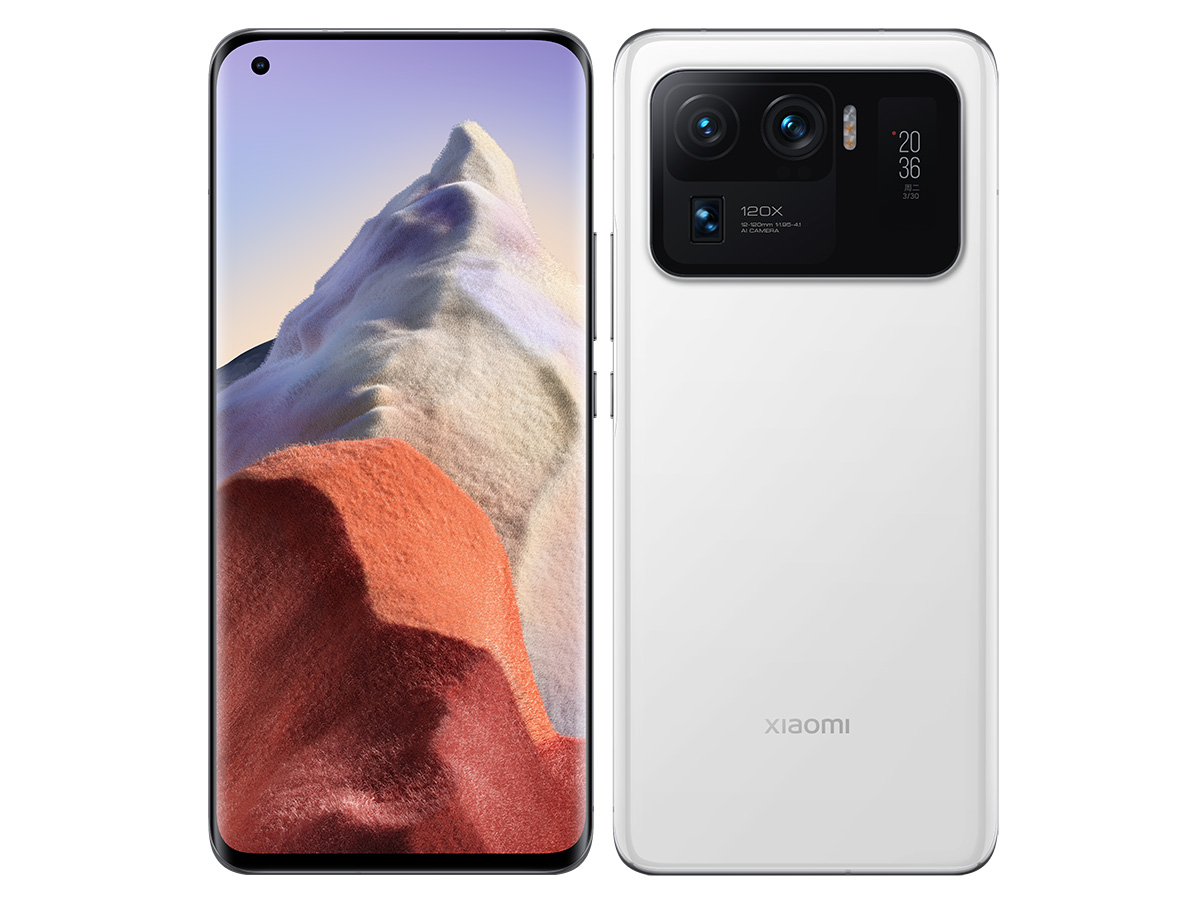
Xiaomi Mi 11 Ultra


Use cases & Conditions
Use case scores indicate the product performance in specific situations. They are not included in the overall score calculations.
Outdoor
Photos & videos shot in bright light conditions (≥1000 lux)
Indoor
Photos & videos shot in good lighting conditions (≥100lux)
Lowlight
Photos & videos shot in low lighting conditions (<100 lux)
Friends & Family
Portrait and group photo & videos
Pros
- Excellent texture/noise tradeoff for photo and video
- Fast and accurate autofocus in photo and smooth tracking in video
- Good exposure and dynamic range in daylight, indoor and night shots
- Good detail at the center of the frame in tele shots
- Wide field of view and good detail with ultra-wide camera
- Accurate white balance and color rendering in video
Cons
- Limited dynamic range in low light
- Slight color casts, especially in daylight and indoors
- Occasional lack of detail on moving subjects in extreme HDR conditions and lower light scenes
- Occasional autofocus failures in video
- Video footage shows artifacts, including flare and moiré
With a DXOMARK Camera overall score of 143, the Xiaomi Mi 11 Ultra delivers the best test results we have seen for a smartphone camera to date and takes the top spot in the ranking. It also achieves new high scores for the Photo and Video sub-rankings, and comes in a close second for Zoom.
The Photo score of 148 is based on a consistently excellent performance across all test categories. The camera isn’t miles ahead of the competition in any area, but is simply among the very best in all of them.
The texture/noise tradeoff is outstanding, with good detail and low noise levels in pretty much all shooting conditions. Only on moving subjects did we observe some loss of detail. Exposure is good and a very wide dynamic range ensures that the camera captures good detail in both the darkest and brightest parts of the frame — unless you shoot in pretty dim conditions, when some clipping can occur.
A fast and accurate autofocus system helps keep moving subjects in focus, and the preview image is pretty close to the final output, which helps framing and composition. Our testers also liked the smooth zoom action in preview. Images generally show nice color, but occasional pink or orange casts in daylight and under indoor lighting pull the color score down a little. Artifacts such as ghosting, aliasing, haloing, and color quantization are sometimes visible, too, but won’t be much of an issue for most users.
The Xiaomi Mi 11 Ultra also does very well in the Zoom category. At 100, it scores only one point lower than the current top score, thanks to an excellent ultra-wide camera with a very wide field of view and very good dynamic range. The dedicated tele-lens captures very good detail across the zoom range, but fusion artifacts that can be visible at some zoom settings leave some room for improvement.
With a score of 117, the Xiaomi Mi 11 Ultra is also the new number one for Video. Like for stills, the camera doesn’t have any real weaknesses and delivers great results in all tests. The 4K footage shows excellent detail while keeping noise under control, and a wide dynamic range helps avoid highlight and shadow clipping in difficult high-contrast scenes. In addition, colors are nice and the autofocus system works well for tracking moving subjects, making the new Xiaomi a top choice for mobile video shooters.
Photo scores explained
The Xiaomi Mi 11 Ultra achieves a Photo score of 148. In this section, we take a closer look at how each sub-score was determined and compare image quality against some key competitors.

Exposure and Contrast
Xiaomi Mi 11 Ultra
105
111
The Mi 11 Ultra does very well for exposure overall. Target exposure is good in pretty much all conditions and dynamic range is wide at all light levels except for very low light. In this backlit portrait, the Xiaomi retains a lot of detail in both the bright sky and the dark clothing of the subject. Contrast is a little low, though, especially in the shadows.
The Huawei Mate 40 Pro+ does similarly well in this scene but achieves slightly better contrast on the subject. The Samsung Galaxy S21 Ultra 5G exposes the subject well but blows out a large portion of the blue sky.
The Xiaomi still delivers good exposures in low light, but dynamic range is more limited than in brighter conditions. In the shot below, the face of the subject is well exposed but the brighter tablet display is blown out. Both comparison devices retain better detail on the display.
In the lab, the Mi 11 Ultra achieves good dynamic range values across all light conditions, as you can see in this graph:
We use the AF HDR setup shown below to measure dynamic range and to generate the data for the graph above. The brightness of the backlit panels at the top and on the right can be varied to increase or decrease the difference between them and the Dead Leaves chart at the center of the setup. We then measure entropy on the contrast gray patches on the backlit panel.
These are the sample shots for D65/1000Lux/7EV. In these conditions, the Xiaomi performs better than the competitors and shows fewer clipped squares on the backlit panel.

Color
Xiaomi Mi 11 Ultra
103
107
The Xiaomi Mi 11 Ultra achieves a very good score for color, thanks to overall good color rendition and white balance. White balance is not only good in bright light, but also indoors and even in challenging low-light conditions. Objective lab tests for white balance result in good scores across all conditions.
In this indoor scene, the Mi 11 Ultra captures skin tones very nicely and produces a neutral white balance for a pleasant overall result.
Some minor points of criticism remain, however. While the overall color rendering is nice, our testers noticed some failures in indoor scenes. And like in the sample below, a slight orange or pinkish cast is noticeable in most shooting conditions. Sometimes blue skies can also turn cyan (see the first sample in the exposure section above). On the plus side, the Mi 11 Ultra renders skin tones nicely in this shot.

Autofocus
Xiaomi Mi 11 Ultra
103
109
There’s nothing to complain about the Xiaomi’s autofocus performance and thus the device achieves a good score in this category too. The system works swiftly and accurately even in low light and in difficult high-contrast situations.
In this graph, each point represents an image. The graph shows the delay between the push of the trigger and the actual capture. We measure image sharpness (Y axis) against shooting time (X axis). The Mi 11 Ultra delivers consistently fast and sharp autofocus results under indoor lighting (100 lux) and with very high contrast (7 EV). It captures very slightly before the trigger is pushed (thanks to zero shutter lag). In comparison, the Samsung captures noticeably later (between approximately 400 to 500 ms).
It should be mentioned that the new camera did produce the occasional focus failure both in the lab and in real-life test conditions, which is why its autofocus score is not on the same level as the very best devices in this category.
Large image sensors like the Samsung ISOCELL model used in the Xiaomi Mi 11 Ultra usually have one drawback — a shallow depth of field that means people or objects in the background tend to be out of focus and rendered soft. Xiaomi has found a very elegant solution to this issue on the Mi 11 Ultra: an AI function identifies subjects in the background that are slightly blurred and sharpens them.
This technique works very well, as you can see in this comparison. Of the three images below, despite using the largest sensor, the Xiaomi image renders the person at the back the sharpest. The Huawei device, which also features a very large image sensor (1/1.28-inch), renders the background subject noticeably softer.


Texture
Xiaomi Mi 11 Ultra
106
111

Noise
Xiaomi Mi 11 Ultra
98
102
The Xiaomi Mi 11 Ultra achieves texture and noise scores that are among the very best, resulting in an excellent texture/noise tradeoff. It renders fine detail nicely and controls noise well in pretty much all conditions. Only in very low light can we see a drop-off in texture. Noise levels remain low even in the most challenging conditions — a real plus.
In this outdoor scene, the Xiaomi produces very slightly better detail than both comparison devices. This said, the differences are so small that they won’t matter to many users.
Noise is well controlled in all conditions across the frame, including in shadow areas. In this scene, both the Xiaomi and Huawei produce a cleaner result than the Samsung Galaxy S21 Ultra.
Our lab tests confirm the real-world results. Thanks to its big sensor with big pixels and effective processing software, the Mi 11 Ultra is capable of controlling noise at lower levels than the competition across all light levels.

Artifacts
Xiaomi Mi 11 Ultra
67
77
Image artifacts are pretty well controlled overall on the Xiaomi Mi 11 Ultra. However, our testers found a few artifacts, including color quantization, aliasing, and haloing. You can see an example of the latter in the image below on the left. Thanks to the sensor’s staggered HDR mode, however, no ghosting effect is visible on the moving hand of the subject on the right.

Night
Xiaomi Mi 11 Ultra
77
82
The Xiaomi camera does an excellent job of capturing night scenes. Target exposure is good in HDR scenes such as the one below, delivering decent exposure on the subject while also maintaining good detail in the brighter background. In this comparison, the Huawei delivers a slightly better target exposure on the face, while the Samsung underexposes quite strongly.
In terms of detail, the Mi 11 Ultra’s night shot performance is acceptable but lags slightly behind the best in class, such as the Mate 40 Pro+. Noise levels are low, though. It’s also worth mentioning that in very low light a night mode kicks in that takes a moment to capture the shot. This can lead to motion blur if you move the camera too quickly. The camera app lets you know how long you should keep the device steady.
In its bokeh simulation mode, the Xiaomi Mi 11 Ultra delivers images with a natural look to the artificial background blur. Like on pretty much any device, slight depth estimation errors can be visible, but subjects are isolated from the background pretty accurately overall. Our testers also liked the shape of the bokeh and the blur gradation.

Preview
Xiaomi Mi 11 Ultra
70
80
The Mi 11 Ultra performs well in this test category, thanks to nice and smooth transitions between camera modules.
The preview image is generally pretty close to the final capture, too. Only in high-contrast scenes is the dynamic range of the preview lower, showing more highlight clipping than on the final capture. This said, at 7 EV the Xiaomi is on the same level as the Mate 40 Pro+ and at a difference of 4 EV between the brightest and darkest parts of the scene, the Mi 11 Ultra is noticeably better than the comparison devices.
The graph above is based on sample images of this test setup and their corresponding preview images. The set below was captured at 100 lux and 4 EV. As you can see in the Mi 11 Ultra image, dynamic range is much closer between the preview and the final capture than on the other devices.
Zoom scores explained
The Xiaomi Mi 11 Ultra achieves an excellent Zoom score of 100, a single point less than our current leader in the Zoom category, the Mi 10 Ultra (which comes with two dedicated tele-lenses versus the Mi 11 Ultra’s single-tele setup). The Zoom score includes the tele and wide sub-scores. In this section, we take a closer look at how these sub-scores were achieved and compare zoom image quality against some key competitors.

Tele
Xiaomi Mi 11 Ultra
131
140
The Mi 11 Ultra is the second-best device we have tested for tele performance to date, beaten by a couple of points only by its own predecessor, the Mi 10 Ultra, which thanks to its dual-tele setup achieves slightly more consistent results across the tele range and performs slightly better in our lab tests (during which the devices are mounted on a tripod).
It’s impressive, though, how the Mi 11 Ultra Xiaomi achieves pretty much the same result with only a single tele-camera. Overall, tele quality is very good, but fusion artifacts in the shape of a loss of detail close to the edges of the frame can be visible at medium range (between 3x and 5x zoom, 5x not included).
The Mi 11 Ultra captures good exposure and nice detail at medium range, making it the best device in this comparison, even though it has a slightly cool color cast.
Long range tele shots are a challenge for any smartphone, but the Xiaomi also does well here and produces better detail than both the Huawei and Samsung.
At extra-long range (approximately 12 – 13x) overall image quality is pretty close between the three comparison devices. This said, the Huawei produces the cleanest image while the Samsung is a lot noisier. The Xiaomi’s noise levels are somewhere between the two competitors. In terms of texture The Mi 11 Ultra is pretty close to the Samsung and delivers slightly better fine detail preservation than the Mate 40 Pro+.

Wide
Xiaomi Mi 11 Ultra
54
58
The Xiaomi Mi 11 Ultra achieves a new high score in the wide category, thanks to a very wide field of view and a wide dynamic range. The latter is especially important for ultra-wide shots, where the probability of having bright and dark elements in the frame is higher than for shots taken at longer zoom settings. The Mi 11 Ultra’s field of view is even a little wider than on the Galaxy S21 Ultra 5G and allows you to squeeze more scene into the frame than most other smartphone ultra-wides. On the downside, some loss of detail is noticeable in the corners of the frame.
In this low-light comparison, we can see (in the top left corner in particular) that the Mi 11 Ultra’s ultra-wide is better at managing noise than the Samsung Galaxy S21 Ultra 5G with Snapdragon chipset, offering a wider dynamic range (less clipping around the lamp) and capturing better detail (check out the texture of the door).
Video scores explained
A device’s overall Video score is derived from its performance and results across a range of attributes in the same way as the Photo score. Tested in its 4K/60 fps mode, the Xiaomi Mi 11 Ultra achieved a Video score of 117, which makes it the best device for Video we have tested to date.
Its Video sub-scores are as follows: Exposure (103), Color (105), Autofocus (96), Texture (97), Noise (104), Artifacts (82), and Stabilization (102). In this section, we take a closer look at the device’s strengths and weaknesses for video, with some comparisons against its key competitors.
Although the Mi 11 Ultra comes with 8K video resolution, we tested the device at 4K resolution and at 60 fps because those settings offered the best overall tradeoff among all image quality attributes. (And that said, we noticed some stabilization and HDR instabilities when shooting at 4K/30 fps.)
Videos shot on the Xiaomi Mi 11 Ultra show good target exposure and wide dynamic range. In this sample clip you can see that exposure is very good on the face, with less highlight clipping on the subject’s face than the Mi 10 Ultra, but still good exposure in the background.
The autofocus works generally accurately in video mode. In the sample above, the new Xiaomi tracks the face precisely as the model moves around. Some occasional failures occur in more challenging low-light scenes, but autofocus is still one of the Mi 11 Ultra’s major improvements over its Mi 10 Ultra predecessor.
Color in video is nice, too, with accurate white balance and nice color rendering.
In our lab tests, the Mi 11 Ultra’s video mode shows high levels of detail in all conditions, down to very low light. At the same time, noise levels are very well under control and only creep up slightly once you start recording in really dim conditions. In short, the Xiaomi offers the best texture/noise tradeoff for video we have seen to date. It’s worth noting that in low light the device reduces the frame rate to 30 fps in order to optimize the noise/frame rate tradeoff.
Our lab measurements translate into real-life results; the good detail and low noise of the Xiaomi Mi 11 Ultra camera can be seen in this low-light clip.
Video stabilization works effectively most of the time, especially when holding the camera still, and it’s also pretty good at counteracting running and walking motion. No frame shifts are visible either.
As a minor point of criticism, artifacts such as moiré, flare, and color quantization can often be found in Mi 11 Ultra video clips, but you’d have to look pretty closely to spot those issues. Overall, the new Xiaomi produces the best smartphone video we have seen to date.
Conclusion
The numbers say it all. The Xiaomi Mi 11 Ultra delivers new high scores for Photo and Video and comes very close to the top in the Zoom category, making it an all-round excellent mobile imaging tool that is easy to recommend to any mobile content creator. In photo mode, it does very well across all light levels, from daylight to night shots, and at all zoom settings, from wide to long tele. It has no real weaknesses in terms of video capture either, and deservedly is the new number one in the DXOMARK Camera ranking.


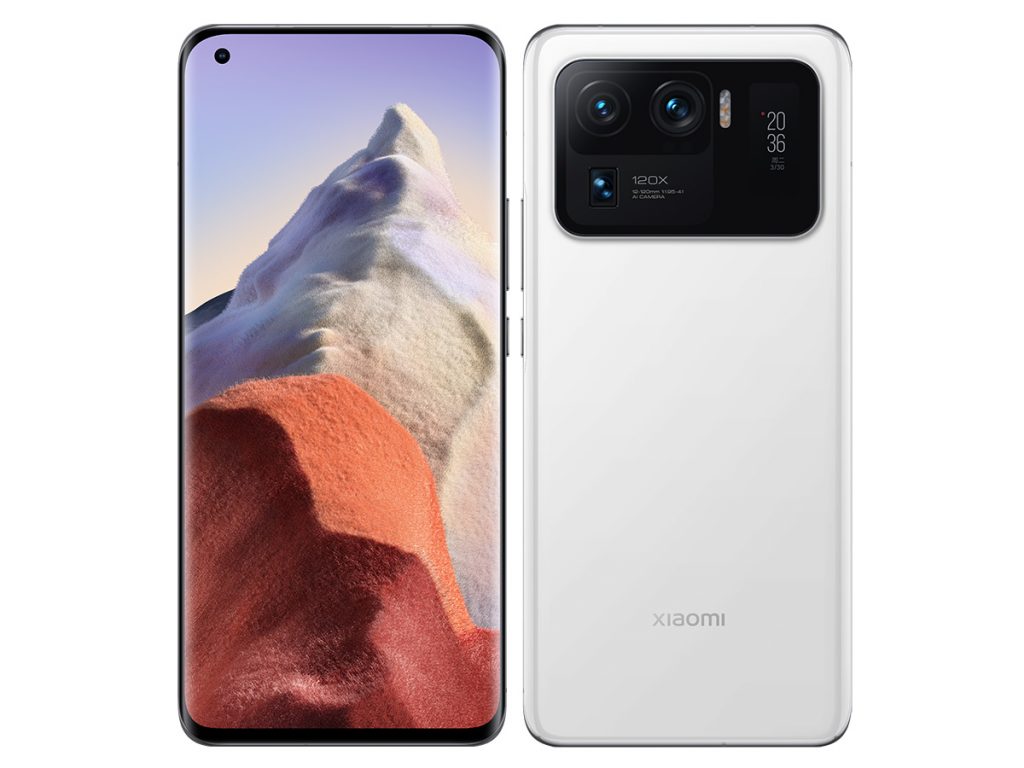






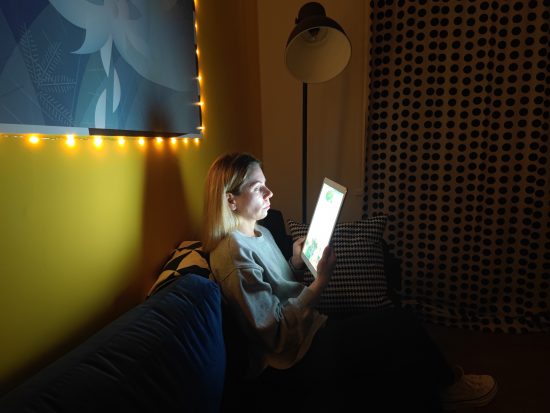
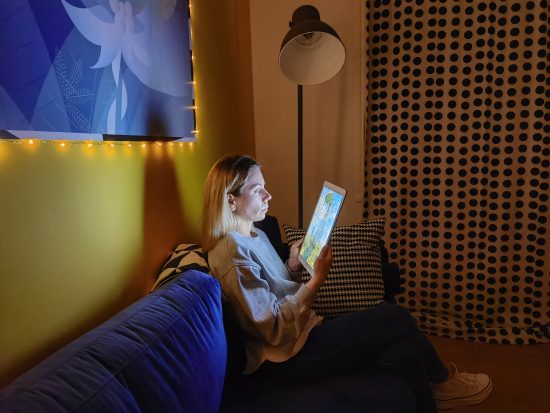
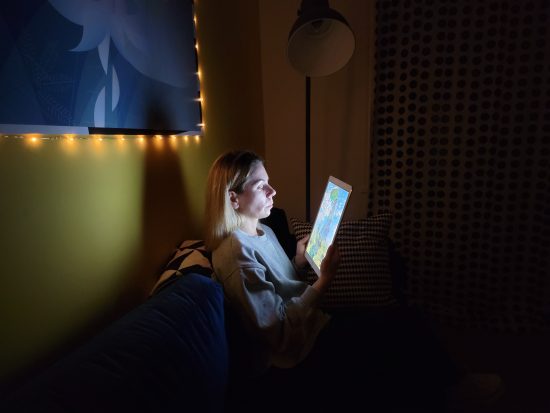
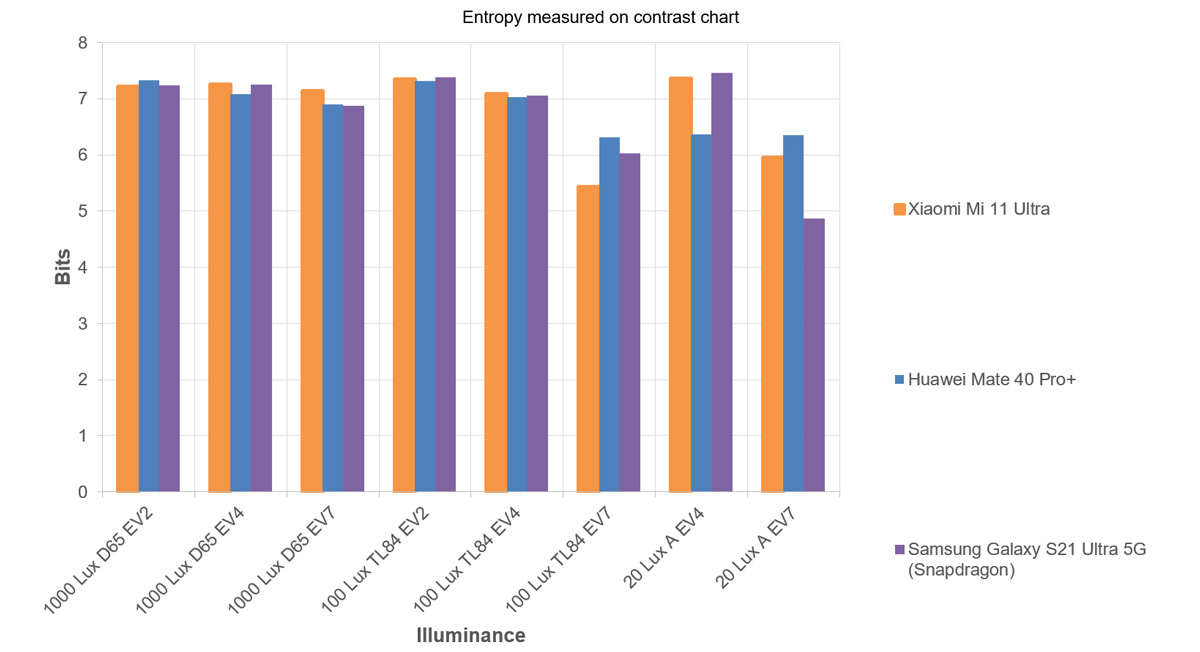
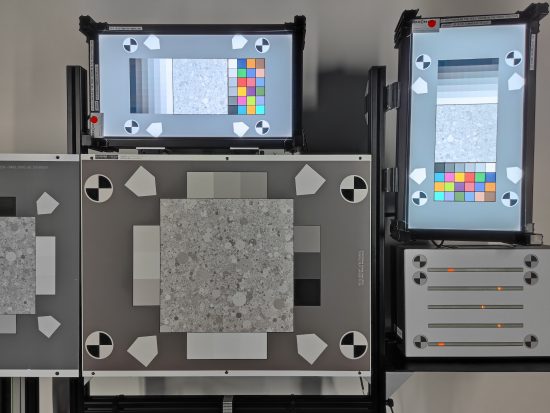
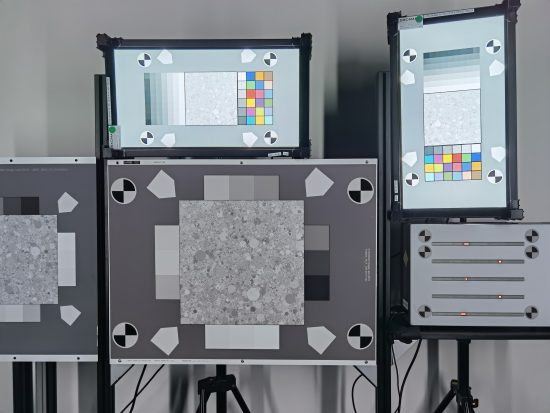
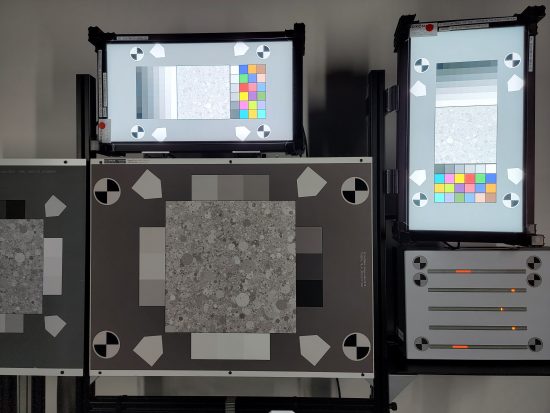




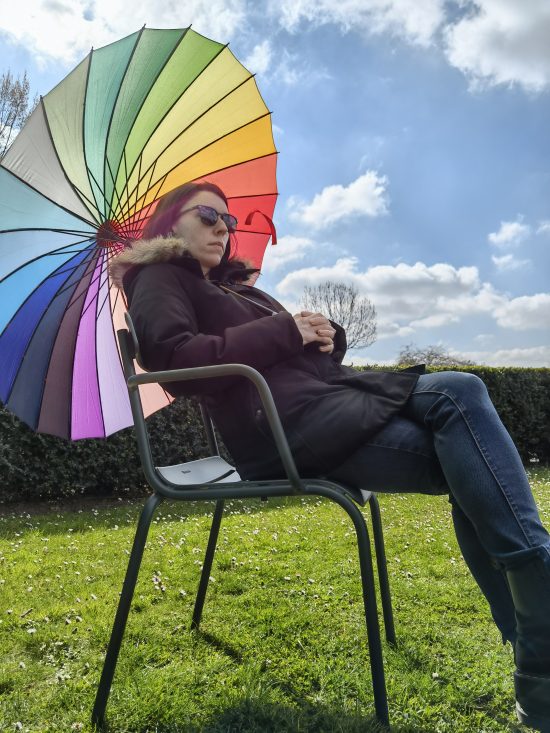

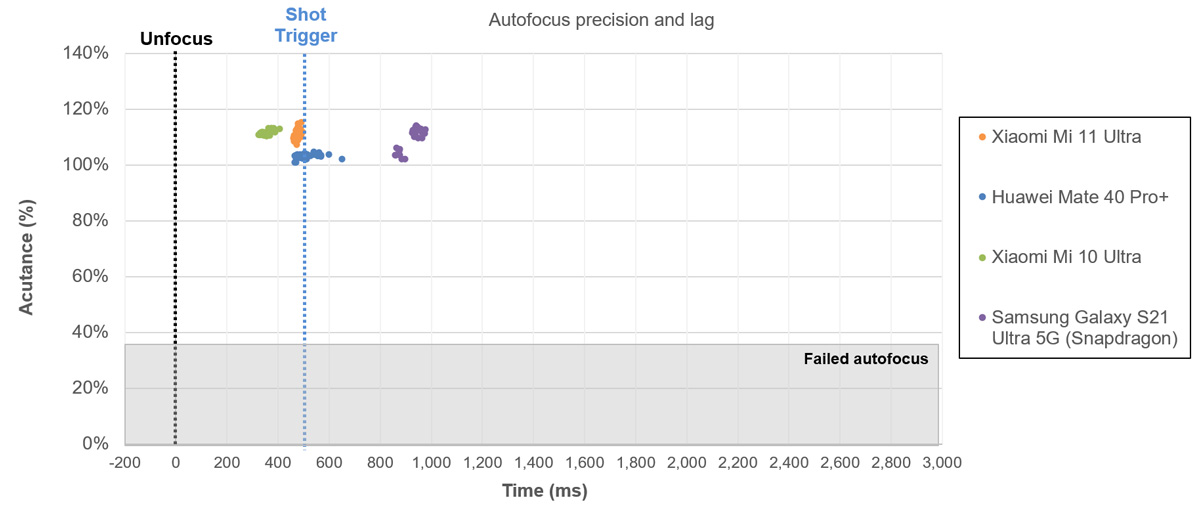








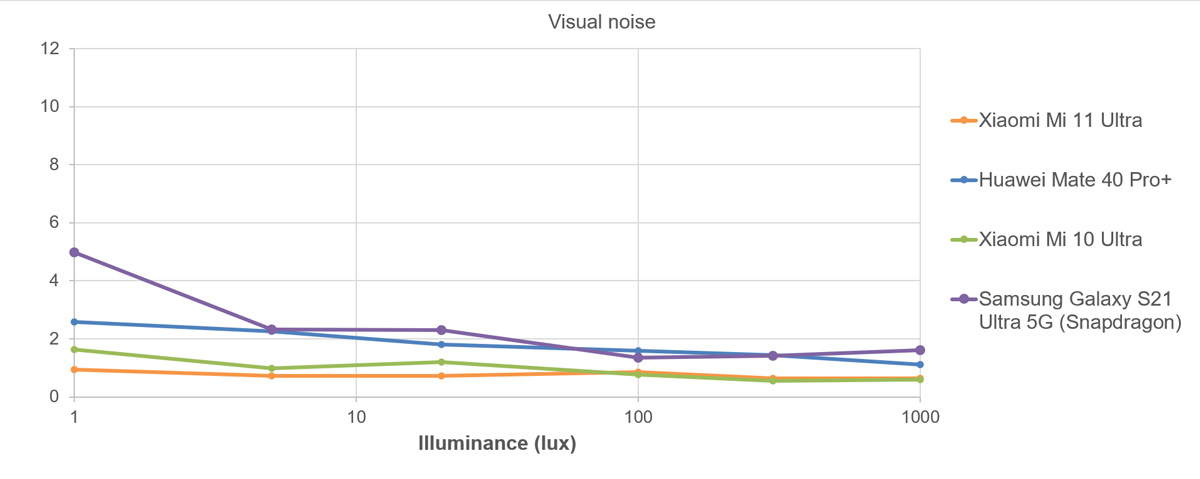
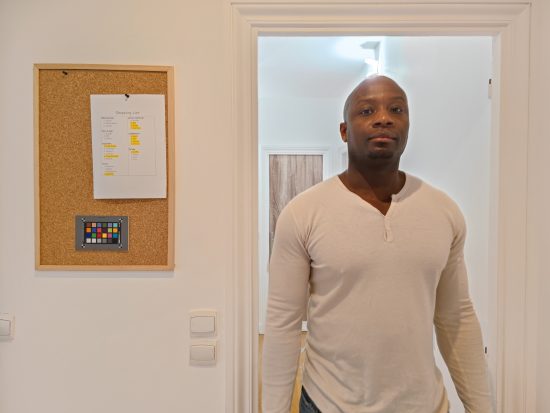




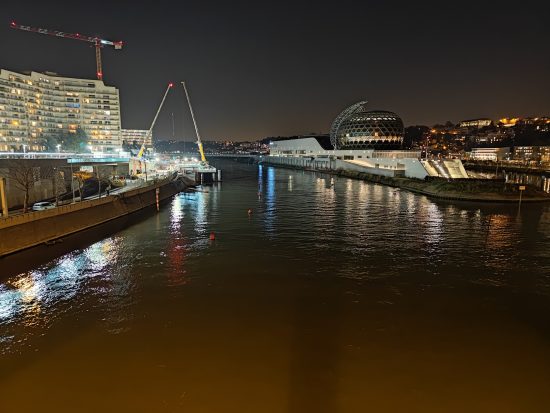






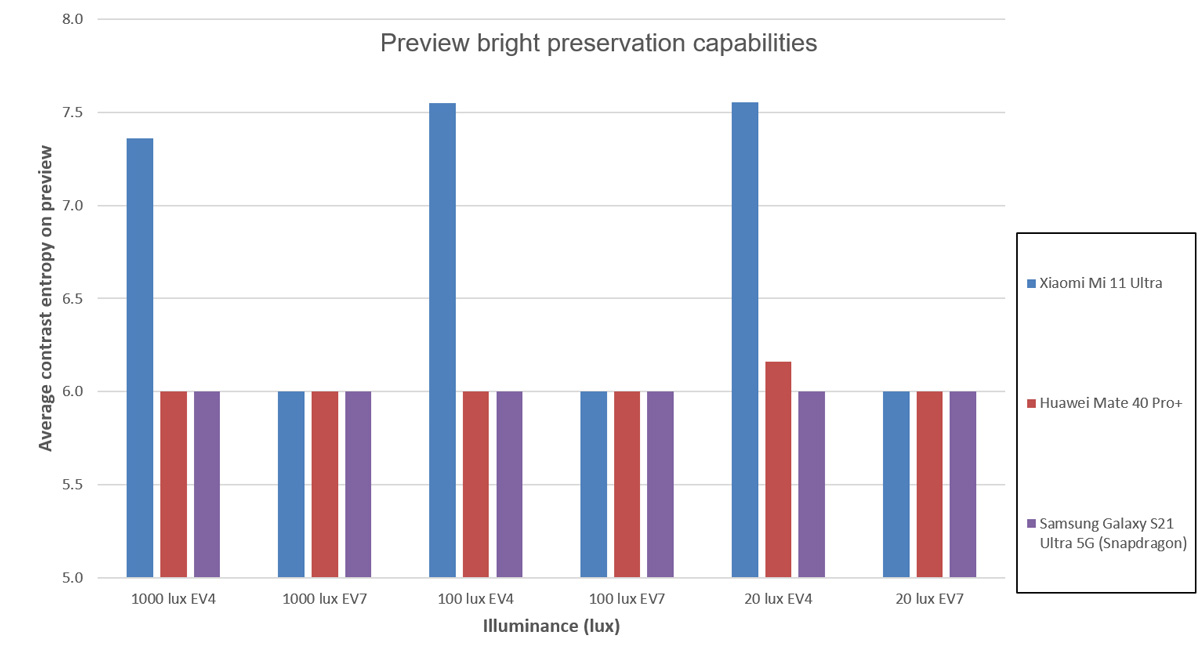
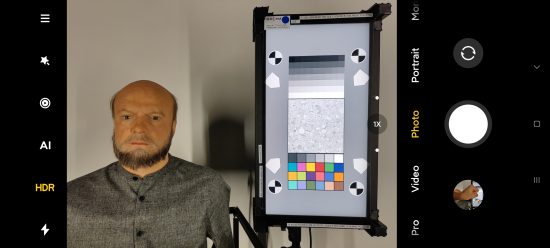
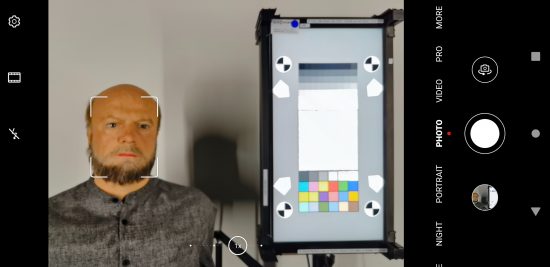
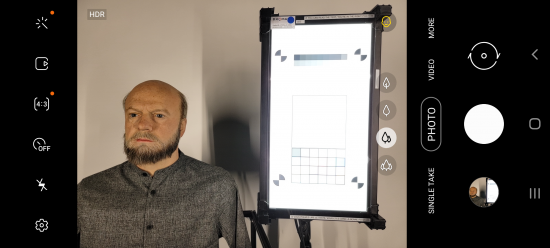
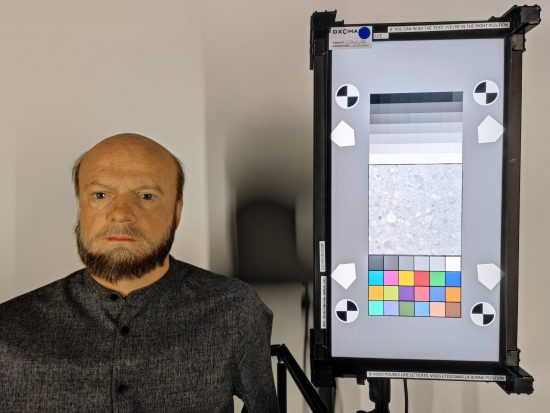
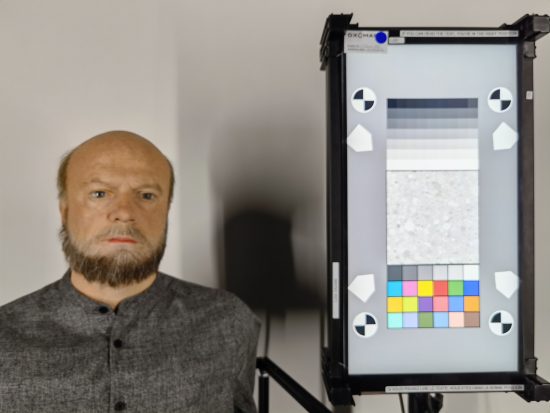
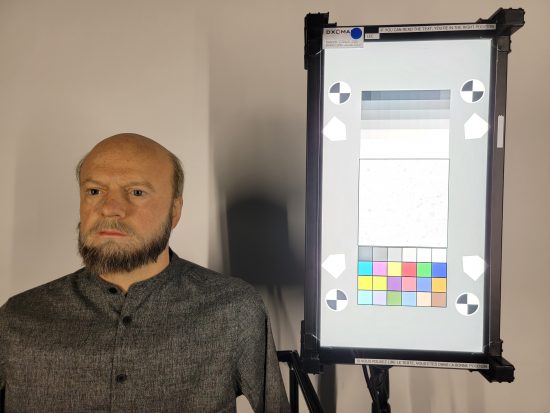











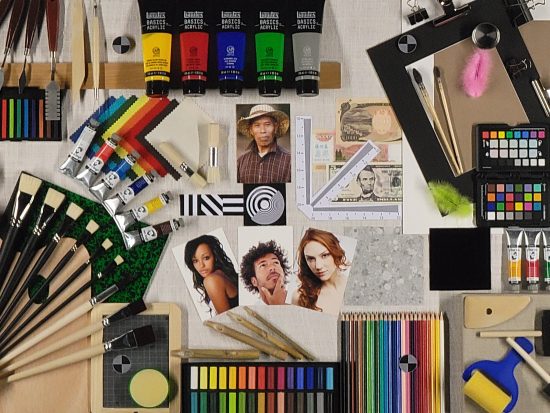
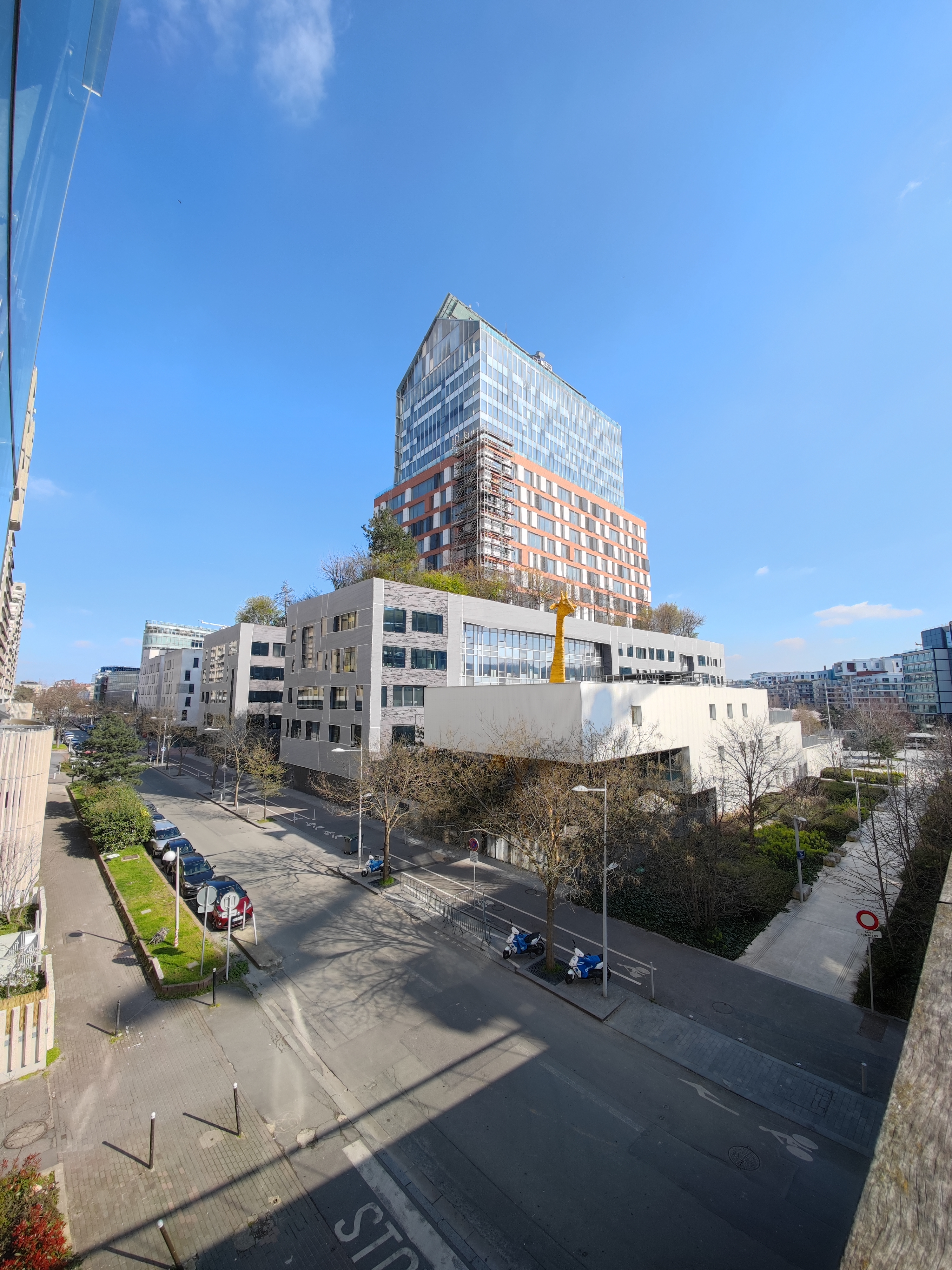

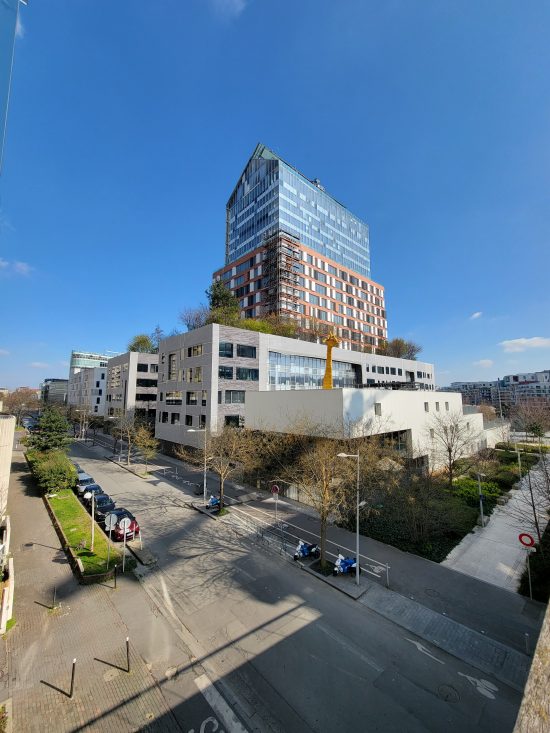
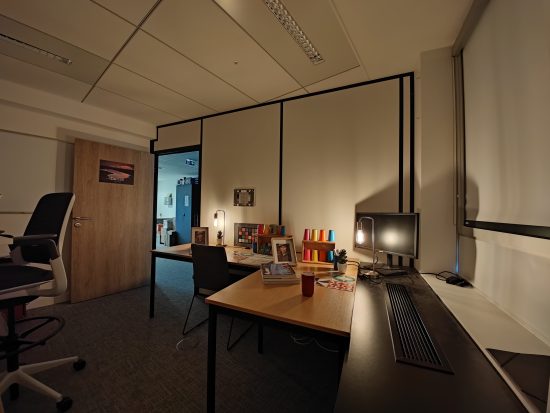
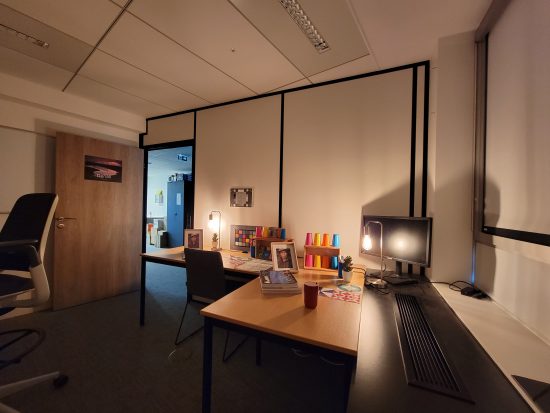
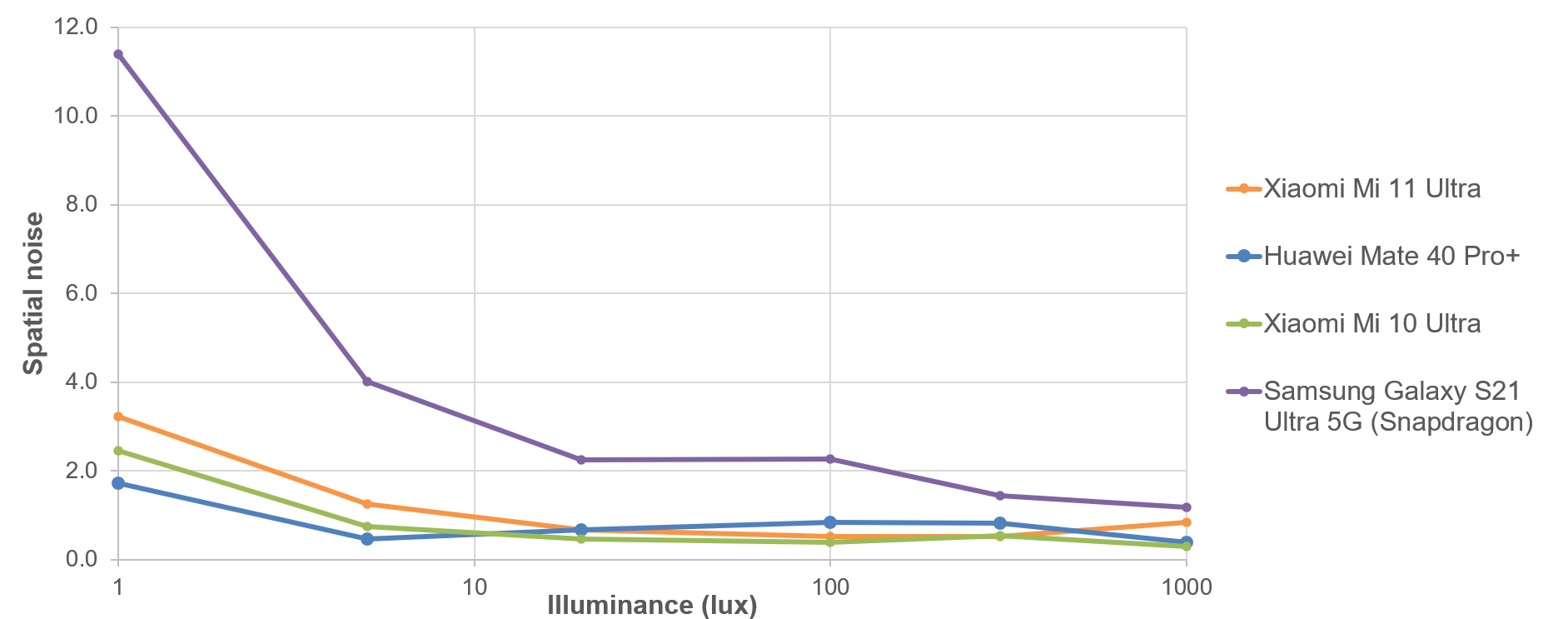




DXOMARK encourages its readers to share comments on the articles. To read or post comments, Disqus cookies are required. Change your Cookies Preferences and read more about our Comment Policy.